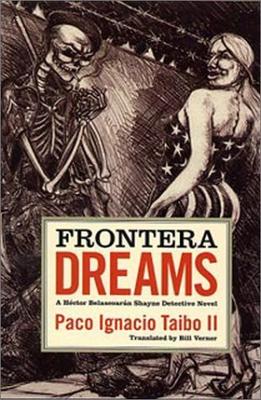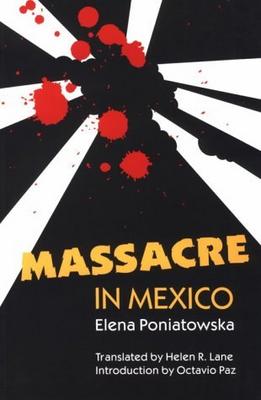Carry Me Like Water

This lush and touching novel by Benjamin Alire Saenz is simply astounding. The book is a story of interconnected stories of a most amazing cast of characters. There is the thoughtful and deaf Diego, living in El Paso, working on his suicide note and making friends with a cholo named Mundo whom he finds stabbed in a dumpster, Mary or the Virgin Mary and wise, irreverent Luz. There is Jake and Joaquin a gay couple struggling with Joaquin’s dying of AIDS, Helen and Eddy the rich couple in Northern California awaiting their first child and Lizzie, the nurse who one day while tending an AIDS patient, finds he was her twin brother, that he has given her his gift of being psychic and that she is really a Mexican named Maria de Lourdes. Each character is a puzzle waiting to be solved and amazing in their reality.
Each of these complex and tormented characters has their own story and each story dovetails neatly into one another into a rich and delicious stew of a novel. The book deals with AIDS, love, secrets and the ghosts of the past. We find that Helen is really Maria Elena or Nena and she is Diego’s sister. Eddy, her husband has his own past as a molested child to come to terms with and a brother to find. Jake is dealing with his anger and grief at losing Joaquin. And then there is my favorite character in the book, Lizzie. Lizzie can leave her body, she is coming to terms with her new found psychic ability and finds something in herself to give. She holds Jake and Joaquin together and becomes their anchor as they battle with illness and death.
The river too, is a large character in this book. It is the river in El Paso that separates Mexico from Texas. Diego and Luz spend Sunday mornings on the river watching the swimmers from the other side trying to cross over into a better life. The book deals with prejudice and hate, struggling to make a life in this land, gives an amazing view of what people give up to come here and what they find when they do.
Diego is thoughtful, reflective and kind. He speaks without speaking, says much in his thoughts and handwritten notes to Mundo or Luz. He is the heart of the book, the story within a story.
All in all, it is an amazing story, a commentary on life, on the issues that plague us today like border crossings, prejudice, AIDS, being Chicano, being gay, love, death and fear. The dialogue is crisp and interesting, each chapter seamlessly flows like the river into the next. It is poetic which is not surprising considering Saenz is an eloquent Chicano poet. Like his book, In Perfect Light, he has created a masterpiece of imagery, color and a unique and beautiful story revolving around a central theme.











